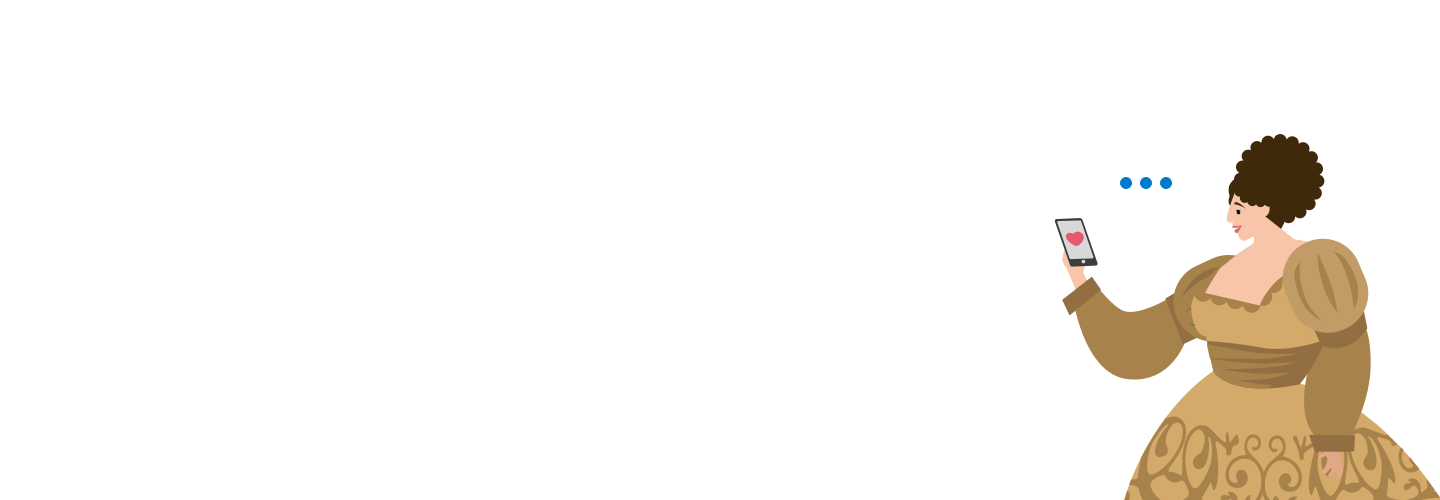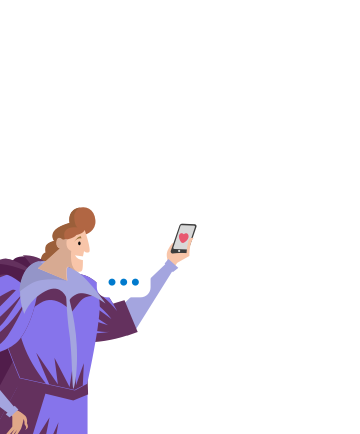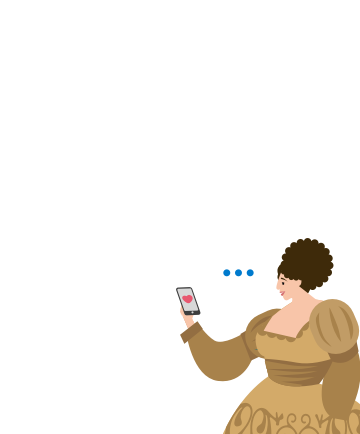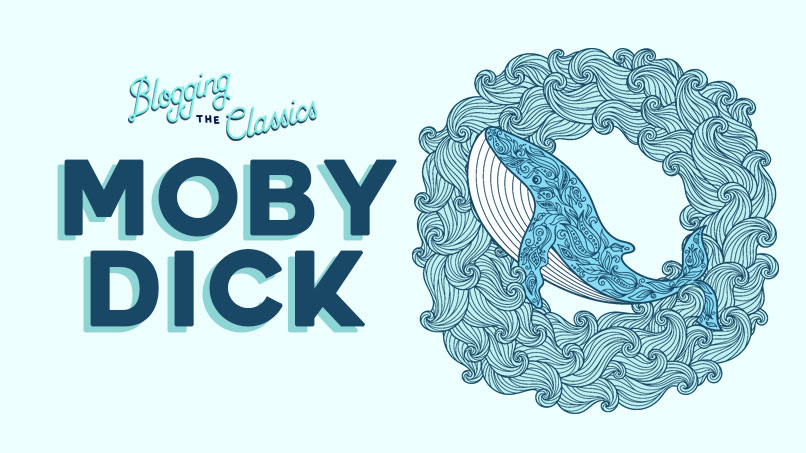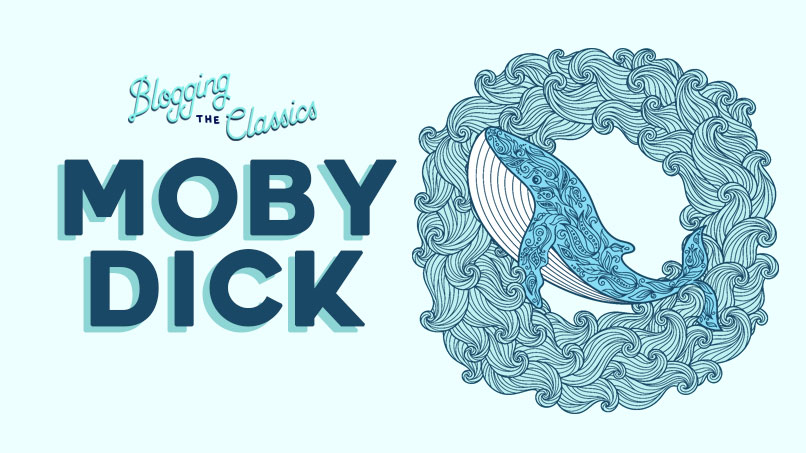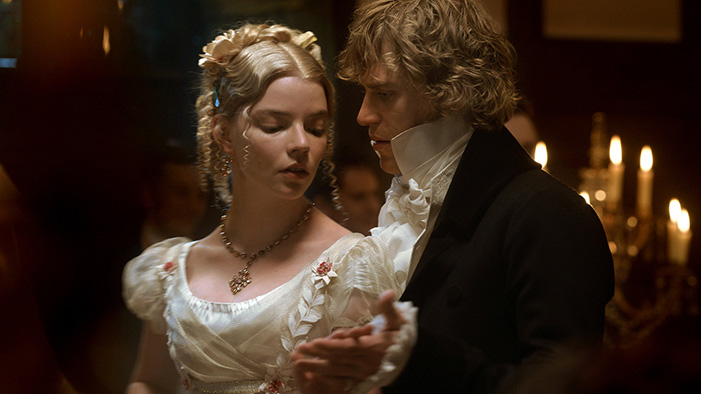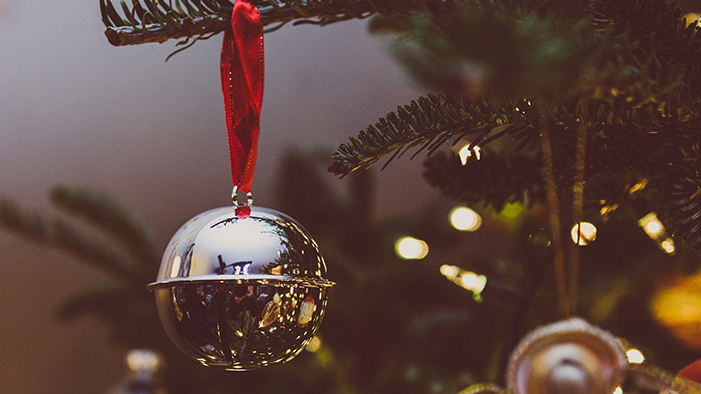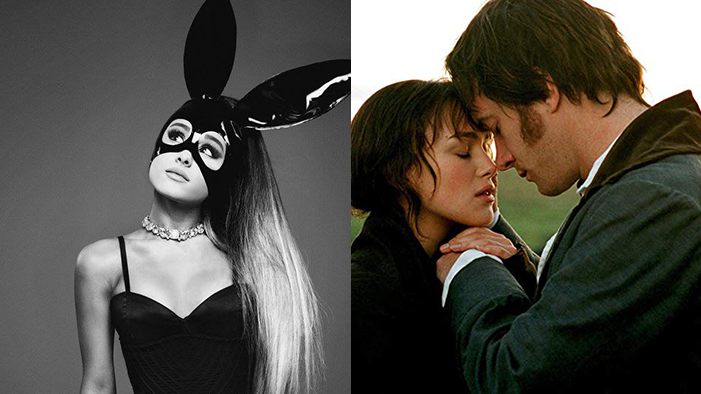Blogging Moby-Dick Part 3: The Part Where Things Actually Happen
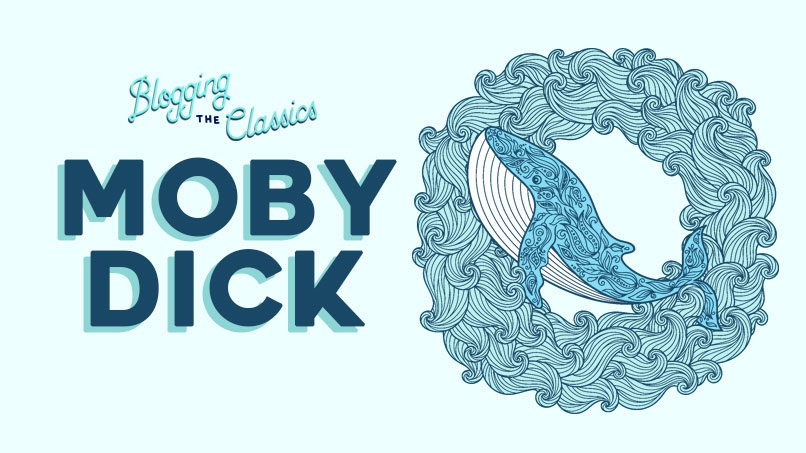
Blughoy! (That’s “ahoy” when filtered through a mouthful of salt water.) Welcome back to the third and final installment of Moby Richard, the book that’s surprisingly easy to condense if you just leave out all the incorrect science and racism.
So far, we’ve discussed the book’s characters, problematic tendencies, and the fact that if Ishmael were alive today, the entire story would be delivered via Instagram captions. But what of the while whale itself? Well, in spite of the title, ol’ Moby Richard doesn’t make an appearance until near the end of the book, though his shadow looms large over all the characters.
It starts when Ahab finally drags his lazy butt up from his cabin once the Pequod has been out at sea for a while. Ahab gathers the crew for a special announcement, which is basically: “YO I KNOW WE SAID WE WERE GONNA GO ON A REGULAR WHALE-HUNTING MISSION HOW WOULD YOU GUYS FEEL ABOUT TURNING IT INTO A REVENGE MISSION FOR MY LOST LEG?”
The crew is like “Totally!” Except Starbuck who is like “Wait, what? Why are we all going along with this?” And everyone else just shrugs like “Metaphors, probably.”
From there, the plot of the book is divided into the whales caught (or almost caught) by the Pequod and the other ships they encounter along the way.
To spare you the details, it basically goes like this: the whales are all metaphors for chance (some you catch, some you lose, some you catch but then they sink to the bottom of the ocean for no determinable reason). And the ships are all metaphors for free will. Because every ship presents Ahab and the rest of the crew with an opportunity to rethink their actions. One ship met Moby Dick, lost a sailor, and then everyone else got sick. Another captain lost a limb to the white whale, just like Ahab, but has chosen to go on with his life as opposed to dedicating it to revenge. And the final ship, encountered just before the main event, is anxiously looking for the captain’s young son, swept overboard in an encounter with Moby Dick. It’s the last in a series of signs begging the crew to stop, but Ahab refuses to join in the search for a child. Honestly, after that, it’s kind of hard to feel bad for him.
One character who is worthy of your pity is Pip, the black cabin boy who nearly drowns and goes insane as a result of having been so close to death he could smell what it had for lunch. Pip is insane in the Shakespearean model of madness, and spouts bits of prophecy among his nonsense. Sensing a kindred spirit, Ahab decides they are BFFs and they spend the rest of the book in an extended slumber party in Ahab’s cabin, where they presumably braid each other’s hair and talk about death.
There’s more, of course. There’s a bit of business with a doubloon that is both a metaphor and a critique of metaphors. There’s a coffin that gets repurposed as a life buoy (because no one in this book understands foreshadowing), and there is an awesomely gross part where Tashtego climbs inside a whale skull and almost dies.
But of course, it’s all been building up to this final showdown with the mythic white whale. Like so many things in life, the event itself seems a little paltry compared to the hype. The crew chases Moby Dick for three days, even as he* dashes lifeboats to pieces and wears Fedallah’s body like a necklace. In the end, Ishmael (remember him?) is thrown from one of the boats and watches in horror as Moby Dick rams the Pequod until it sinks, killing all aboard. Ishmael would be a casualty too, were it not for that coffin/life buoy that rises to the surface and carries him until he is rescued by the same ship that Ahab refused to help look for a child.
And that’s it. After hundreds of pages, Moby Dick leaves you with nothing more than a tear in your eye for Queequeg and several pages of harpoon diagrams.
*You know, everyone assumes Moby Dick is a male whale, but given how little Ishmael actually understands about whale anatomy, it could totally be a female. Moby Diana. Now there’s a hot take.
Read the whole series here!




